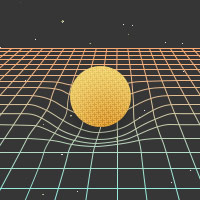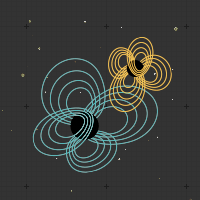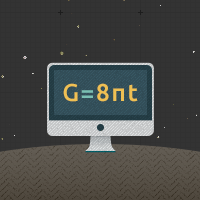Nuclear Fusion
A physical process which takes light elements and combines them into a heavier element. An example is the fusion of two Hydrogen atoms to form a Helium atom. This is the process which gives stars (including our Sun) heat and energy so that they shine. Though fusion is not yet used to produce electricity, scientists are working on this method, which will provide a nearly-inexhaustible source of cheap electrical energy, with little of the pollution or danger of nuclear fission. Fusion is also the force behind some very powerful nuclear weapons — the "H-Bomb".




